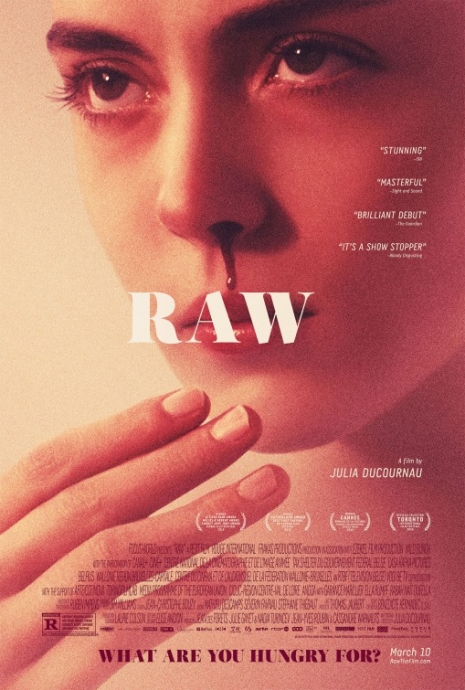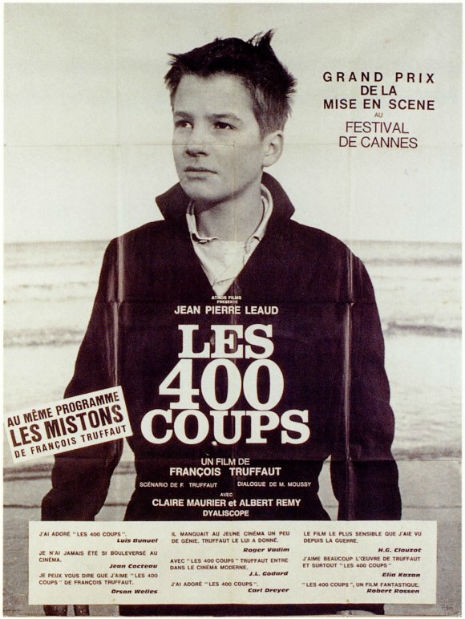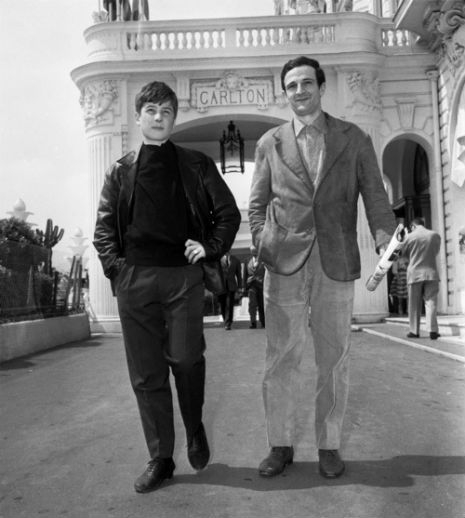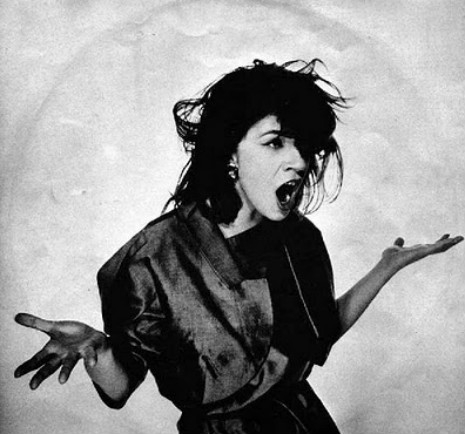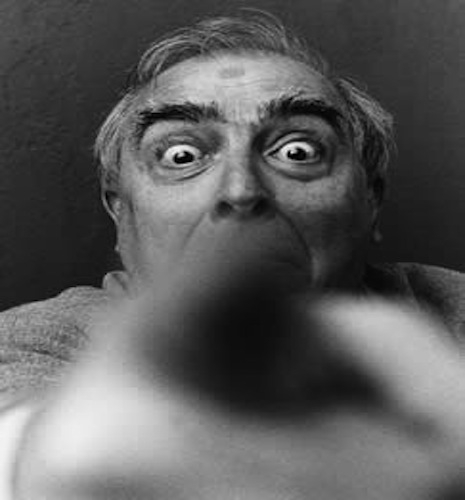
Undoubtedly the coolest, sexiest, and most sophisticated film about a comic book artist ever made, Alain Jessua’s 1967 Jeu de massacre is a stylized French new wave comedy that’s incredibly ahead of its time. Burnt-out comic book writer Pierre Meyrand (Jean-Pierre Cassel), and his illustrator/wife Jacqueline (sixties babe Claudine Auger), are visited in their office one day by a wealthy playboy with an overactive imagination who invites the couple to stay at his luxurious mansion in Switzerland. He quickly inspires Pierre and Jacqueline to create a new comic strip character based on him nicknamed “The Neuchatel Killer,” a womanizing bank robber who turns into a psychotic serial murderer. The line between fantasy and reality quickly gets blurred when the playboy begins living out his alter-ego’s exploits, drawing his house guests into his zany, disturbing delusions with him.
Who better to call on to illustrate Jeu de massacre‘s comic strip sequences than Belgian artist Guy Peellaert? A decade before he became famous for his rock ‘n’ roll album covers and movie posters, Peellaert was known for his psychedelic pop art which included the now legendary comic strip, Les Aventures de Jodelle, published in the controversial French magazine Hara-Kiri in 1966. For Jeu de massacre, Guy Peellaert brought the same level of groovy sex appeal to the big screen. His suave, colorful illustrations are perfectly edited into the narrative, visually punctuating the characters as they lose their grip on reality and succumb to Peellaert’s romantic pop art dreamworld.

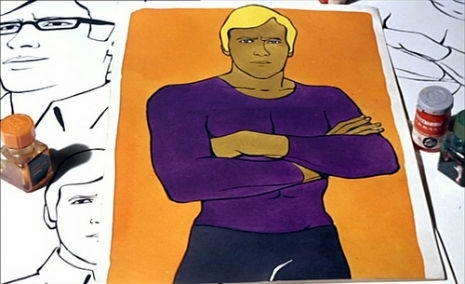


More after the jump…






